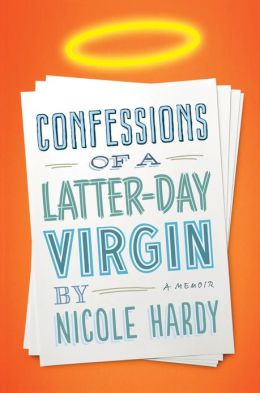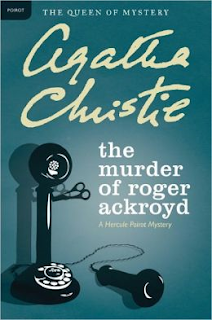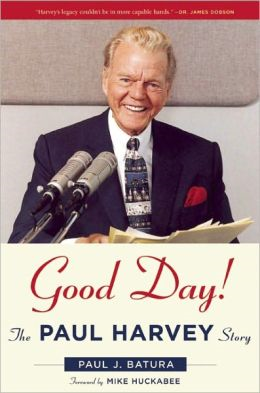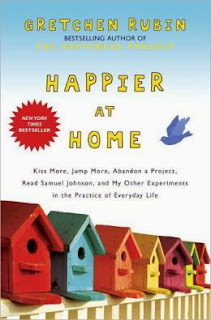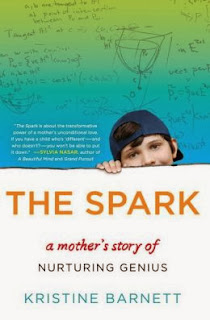One Summer: America, 1927
Bill Bryson
Category: Nonfiction:
History
Synopsis: Bryson
discusses the various events and personalities of the summer of 1927.
Date finished: 19
January 2014
Rating: *****
Comments:
Goodness, where do I even start with this book? I’ve never
read anything like it. (In a good way.) There was so much trivia here, I was by
turns exhilarated and exhausted. (In a good way.) But then, I’m of the
temperament to take obsessive notes on things I find interesting. I took an
entire notepad’s worth of notes. This, of course, slowed me down, but it also
helped me digest the book.
When I bought the book, I was a little concerned by the
chapter headings. They seemed to indicate that the book would be split into
chapters for each event or character. I was sure this would make for a
herky-jerky presentation that would make some chapters very enjoyable, others
less so, and there would be no narrative thread. Not so. The titles were only
rough guidelines, and the action from one chapter continued into the next, in
fact, through the whole summer—and therefore, the whole book. Just as I would
have done it.
I’ve heard two people say they skipped parts of this book
they didn’t find interesting. One skipped the baseball parts and the other
skipped the banking parts. I can honestly say that I skipped nothing, because I found it all interesting. And when I say “all”
here is a partial list of what was covered:
- Charles Lindbergh successfully flying from New York to Paris (as well as several failed transatlantic flights by other aviators)
- Babe Ruth and Lou Gehrig neck-in-neck for a homerun record
- Henry Ford and his hugely popular Model T and failed Model A
- Al Capone ruling Chicago
- Calvin Coolidge’s presidency
- Herbert Hoover’s rise to national prominence
- the Mississippi River flood
- four powerful bankers making a fateful decision that led to the Crash of ’29 and the Great Depression
- prizefighter Jack Dempsey
- Hollywood’s conversion from silent movies to talking pictures
- the rise of radio
- the invention of television
- the beginning of work on Mt. Rushmore
- Italian anarchists
- Charles Ponzi of the “Ponzi scheme”
- murder trials
- electrocution (as in death sentence)
- eugenics
- flagpole sitting
- popular literature and writers of the day
It stuck me often how many four-month periods in history
could be this interesting, maybe all it took was a talented writer to tease it
all out. I’d love to see another couple books like this (so long as Bryson
wrote them). But then again, I came away from the book with the impression that
the 1920s were unique in the vast number of giant American leaps forward. Was
there another period in modern history as dense with historic change as the
20s?
I was a bit surprised that Bryson’s humor wasn’t more
present, but that might have been scaled back to prevent distraction. And that
might have been a very good idea. Humor, especially dry humor, on top of all
the information might have made my head explode. There were a couple well-timed
comments from the author that made me laugh out loud. That was probably enough.
My only beef with this book is that I’m not positive how
much faith I can put into Bryson’s presentation of facts. Again and again he’d
make a popular 1920s icon look like a complete boob. He took all of the famous
folks of that era down a notch: Lou Gehrig was a mama’s boy, Calvin Coolidge
was incompetent and lazy, Herbert Hoover was a pompous jerk, Henry Ford was a
dolt who couldn’t see much beyond his own nose. I often wondered if he was
leaning a bit too much on sensational facts to make a more entertaining book.
I’ll be interested to read Amity Shlaes’s biography Coolidge, for instance, to see if
Bryson’s assessment holds water.
All in all, though, this book pretty much blew me away. I
devoured it like a big hearty meal. Each bite was tasty and substantial. And as
full as I am, I want more.
Would you recommend
this to a friend?
Oh my goodness, read this book!
You might also enjoy:
The Hidden White HouseRose Kennedy


